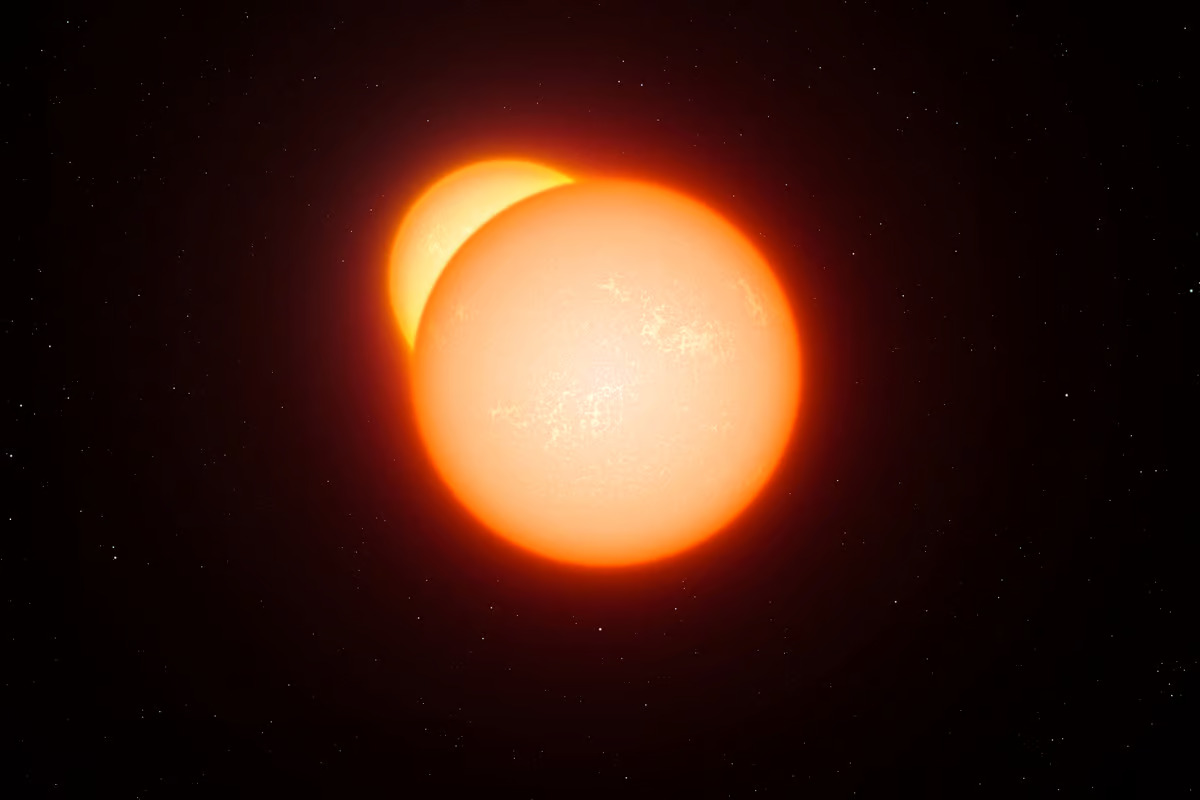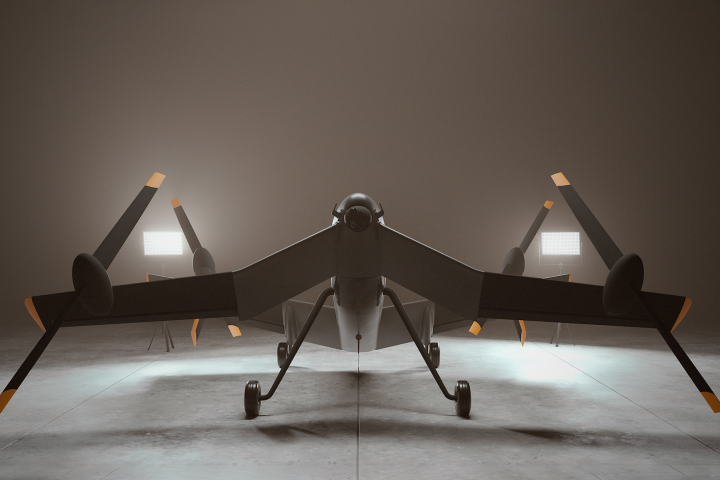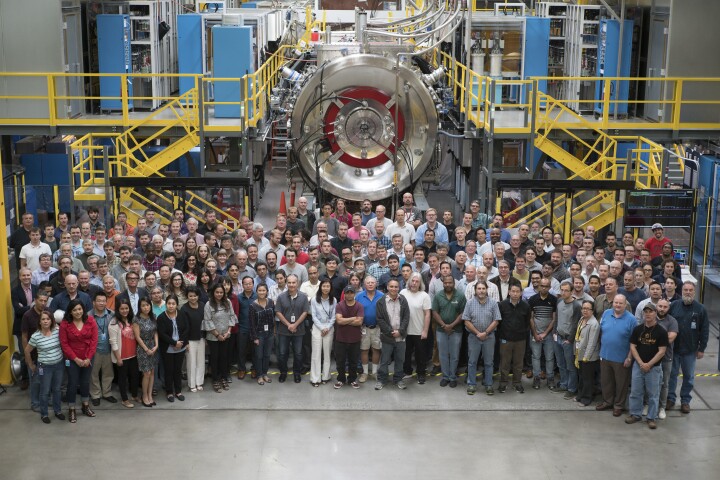 An artist’s impression of a closely orbiting pair of stars. ESO/L. Calçada
An artist’s impression of a closely orbiting pair of stars. ESO/L. Calçada
–
Ultra-cool dwarfs are common stars that, as the name suggests, have relatively low temperatures of under 2,430 °C (4,400 °F). This means they emit most of their light in infrared, which happens to make them invisible to us.
The system in question is called LP 413-53AB, and while it’s been known to astronomers for decades, it was always thought to be a single star. But that changed recently when Chih-Chun Hsu, an astrophysicist at Northwestern University, examined it more closely. He was using an algorithm of his own design to model stars from their spectral data, and found that the spectral lines shifted in opposite directions and eventually split into pairs. That indicated it was actually two stars incredibly close together.
To see for themselves, Hsu and his team used the Keck Observatory in Hawaii to study the star system. And sure enough, the team could see the system changing very quickly over a series of observations between March 2022 and January 2023.
“When we were making this measurement, we could see things changing over a couple of minutes of observation,” said Professor Adam Burgasser, co-author of the study. “Most binaries we follow have orbit periods of years. So, you get a measurement every few months. Then, after a while, you can piece together the puzzle. With this system, we could see the spectral lines moving apart in real time. It’s amazing to see something happen in the universe on a human time scale.”
These observations showed that LP 413-53AB was made up of a pair of ultra-cool dwarf stars, separated by a distance of just 1% that between the Earth and Sun. That means they orbit each other in just 17 hours, making it the tightest orbit ever discovered for a binary of this kind, and one of the tightest of any celestial objects known.
The astronomers suggest that these stars naturally migrated towards each other over time, or may have originally had a third companion that was ejected, sending the remaining two closer together.
Proximity isn’t the only record this system has broken – the stars are also the oldest of their kind known. While most ultra-cool dwarfs are “only” 40 million years old or so, these are estimated to be several billion years old, an age comparable to our Sun.
The team plans to investigate other ultra-cool dwarfs using the technique to potentially reveal other, currently unknown binary systems.
The research was published in the Astrophysical Journal Letters.
Source: Northwestern University























